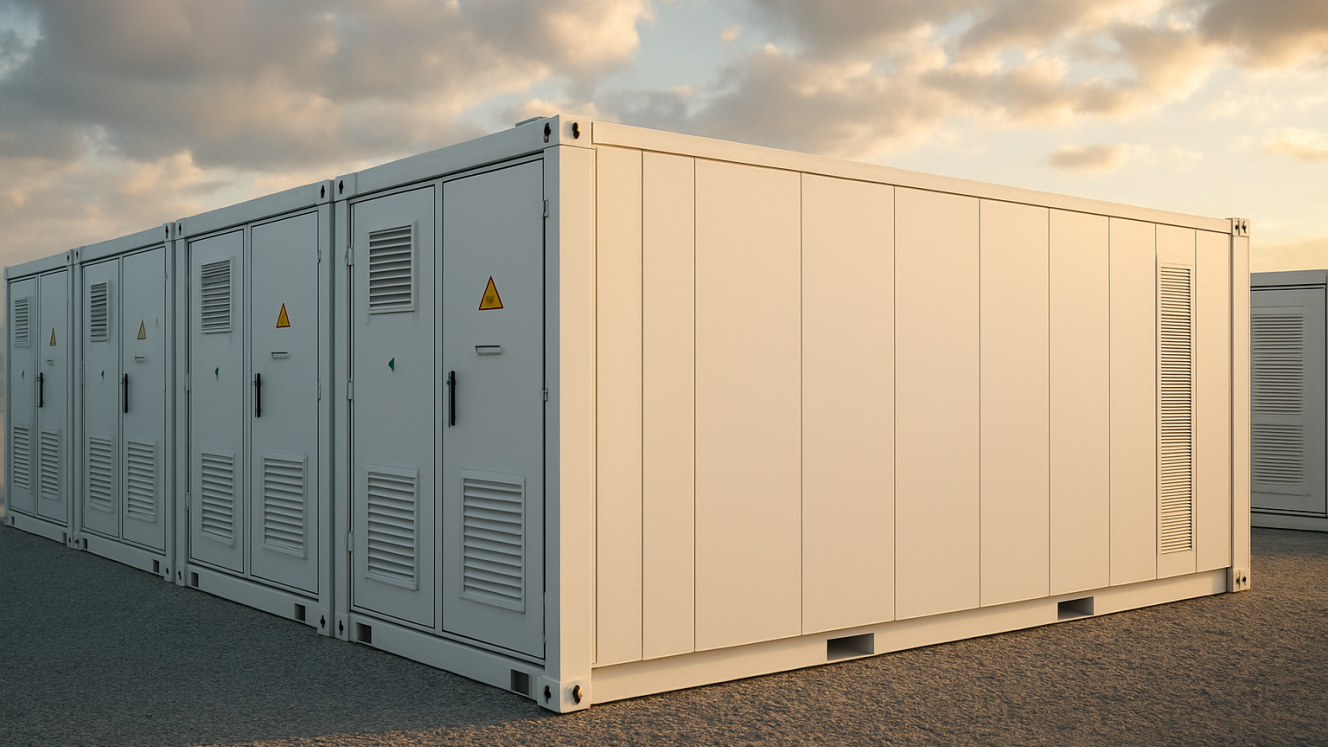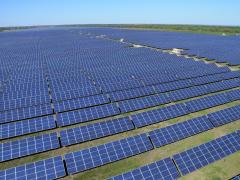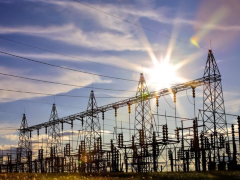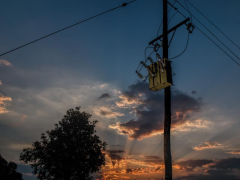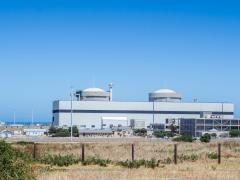At least 13 African countries are planning to join South Africa as nuclear plant operators. Egypt has a plant under construction while Ghana, Uganda, Morocco, Kenya, Algeria, Nigeria, Rwanda, Burkina Faso, Ethiopia, Togo and Zimbabwe are in the planning stage. A Tunisian project has stalled.
Specialised project cargo services are required from the start of construction through to the disposal of spent radioactive fuel. “Most major components for a nuclear power plant are manufactured overseas and imported by sea, and many of these components are abnormally large in comparison to normal road freight,” states an Eskom public information document for the mothballed Thyspunt nuclear project in the Eastern Cape.
The World Bank and the International Atomic Energy Agency (IAEA) have signed an agreement to support the safe, secure and responsible use of nuclear energy in developing countries. The partnership aims to improve electricity accessibility, affordability and reliability while managing emissions. The IAEA has also published guidelines for the safe transport of unspent and spent nuclear fuel.
“Interest in nuclear power is growing globally with countries including the UK, France, Sweden, Japan and even previously anti-nuclear Germany accelerating their programmes. In Africa, interest has come from Nigeria, Kenya, Uganda, Lesotho, Namibia, Zambia, Ghana and Rwanda,” says Kelvin Kemm, Chairman and CEO of Stratek Global.
Kemm points to South Africa’s HTMR-100 high-temperature gas-cooled small modular reactor (SMR) as an example of technology designed for local conditions. Developed in Pretoria, the HTMR-100 does not require ocean water for cooling and can be deployed in remote industrial settings. “Conventional large reactors and the new small reactors are not in competition – they each have a role,” he says. African countries should collaborate in SMR deployment, harmonised training and shared supply chains to strengthen energy security, adds Kemm.

